When we consider Kagoshima teas, it might seem strange that a tea from the Kirishima Mountains would arrive before even the early cultivars of the plains of Satsuma Peninsula. The reason is that this year, the damage from the storm at the beginning of April has made it difficult to get hold of good early products.
Here is a sencha, a 2012 shincha in fact, from Kirishima, from Makizono more precisely, handpicked on April 23, 2012. The cultivar is the highly respected Saemidori (an Asatsuyu-Yabukita cross).
This is not really a new tea because the 2011 version of this fukamushi-cha, grown and finished by the Nishi family, was already in the 2011 selection.
It seems to me that the 2012 version of this tea demonstrates its stability, and remains very close to the 2011 version. In effect, it is a very pretty fukamushi sencha, with leaves that are again in the shape of beautiful needles, thanks to handpicking, which naturally does not damage the leaves as much, and “reasonable” steaming. The leaves are a handsome emerald green because the tea plants, as is very often the case with this type of cultivar in Kagoshima, were covered for a short time before the harvest. They are glossy and feel heavy in the hand.
A little more time should be taken when preparing this type of tea than for a classicalfukamushi from the plains of Satsuma Peninsula or Ôsumi. We have to keep in mind that in addition to the care that has been put into its processing, this sencha comes from Makizono and thus tends to also resemble a mountain tea.
For 70-80 ml (around 2.5 oz) of water at 60-65°C (140-149°F), use 4-5 g (around 1 tsp) of leaves, and steep for 60-70 seconds.
The liquor is slightly cloudy, but for a fukamushi-cha it remains remarkably transparent. (I used quite a lot of leaves and a ceramic filter, not a metal filter.) Its luminous emerald green colour is a Saemidori cultivar feature inherited from Asatsuyu.
The sweet fragrance that rises from the cup does justice to that of the dry leaves.
It seems to me that the flavour of this sencha is more pronounced than that of the 2011 version, but along the same lines: sweet, mellow, fruity but not wimpy; it has an edge. It is in the aftertaste that the special vegetal flavour of Saemidori (as well as of many cultivars that have descended from Asatsuyu) appears in the mouth.
For the second infusion, use slightly warmer water and steep for 5-10 seconds.
This time, the liquor fully expresses its fukamushi sencha side, and appears completely opaque, though it nonetheless keeps its sweetness and depth. It has nothing to envy the first infusions of other teas!
For the third infusion, increase the temperature a little bit more, and brew for 40 seconds. The first light astringency appears. The liquor remains velvety, but naturally lighter, airy and balanced.
Finally, it is perfectly possible to infuse the leaves a fourth time, using very hot water and waiting 2 or 3 minutes. The liquor is light and astringent: very nice, balanced and easy on the palate.
This sencha has many superior traits thanks to the excellent conditions in which it is produced: the mountainous environment of Makizono, handpicking, the qualities of the cultivar itself and the Nishi family’s know-how.
It is thus natural that this year it is again among the products selected by Teas of Japan.
Below, landscapes in which this Saemidori is being handpicked (in 2011).










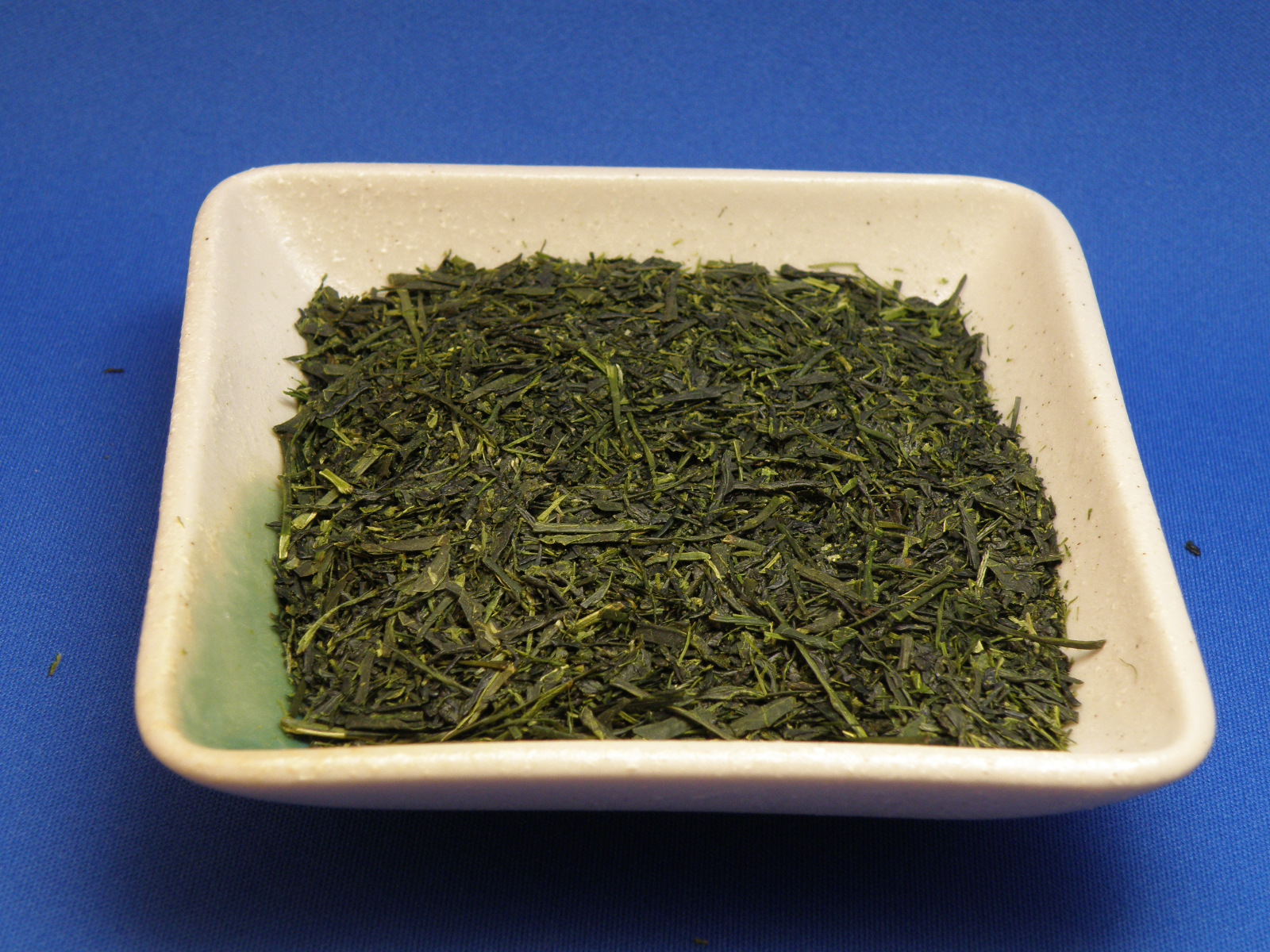 ★Tiran-no-midori Okuichiban★
★Tiran-no-midori Okuichiban★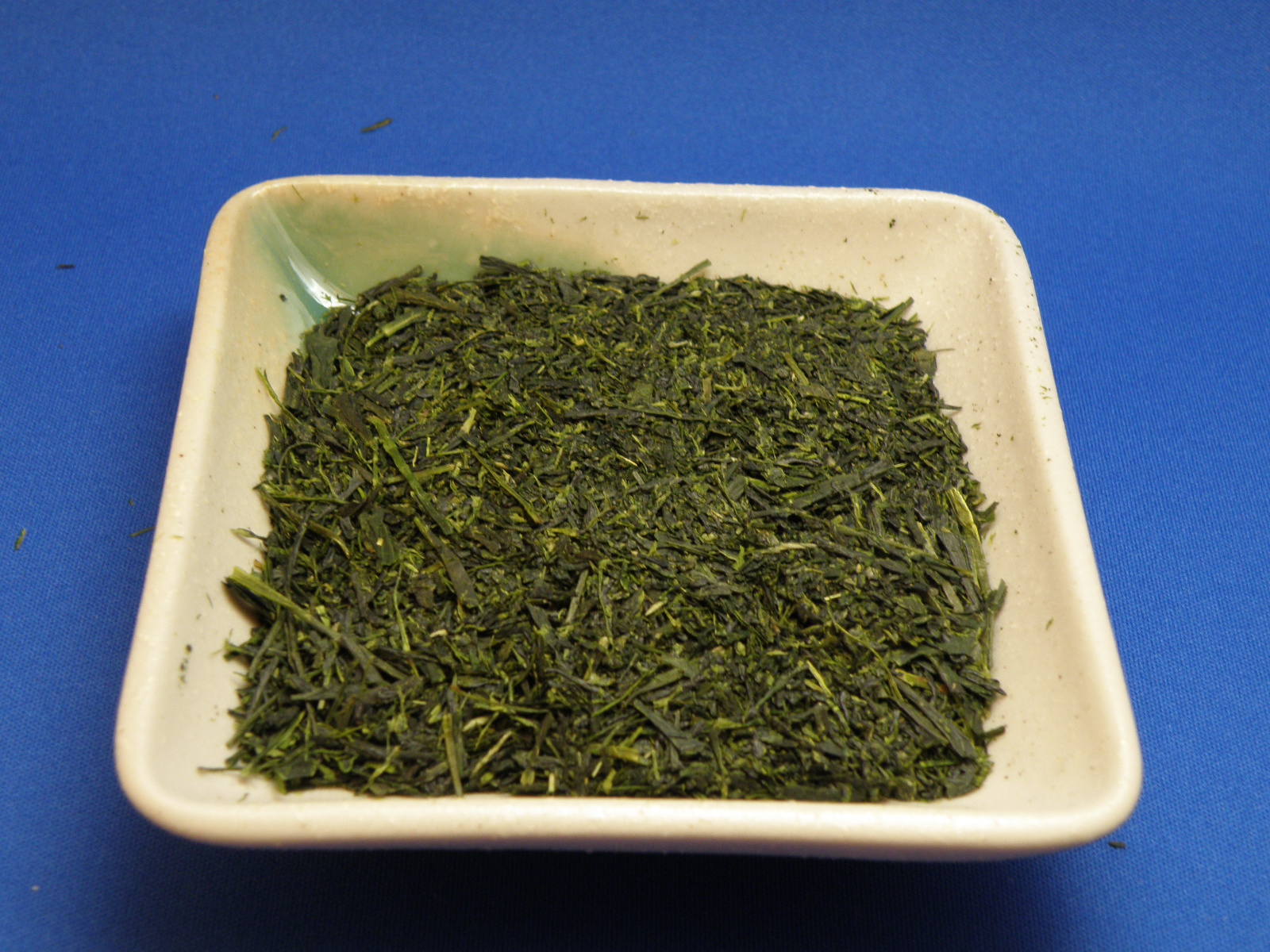 ★Kirameki-no-shizuku Asaichiban★
★Kirameki-no-shizuku Asaichiban★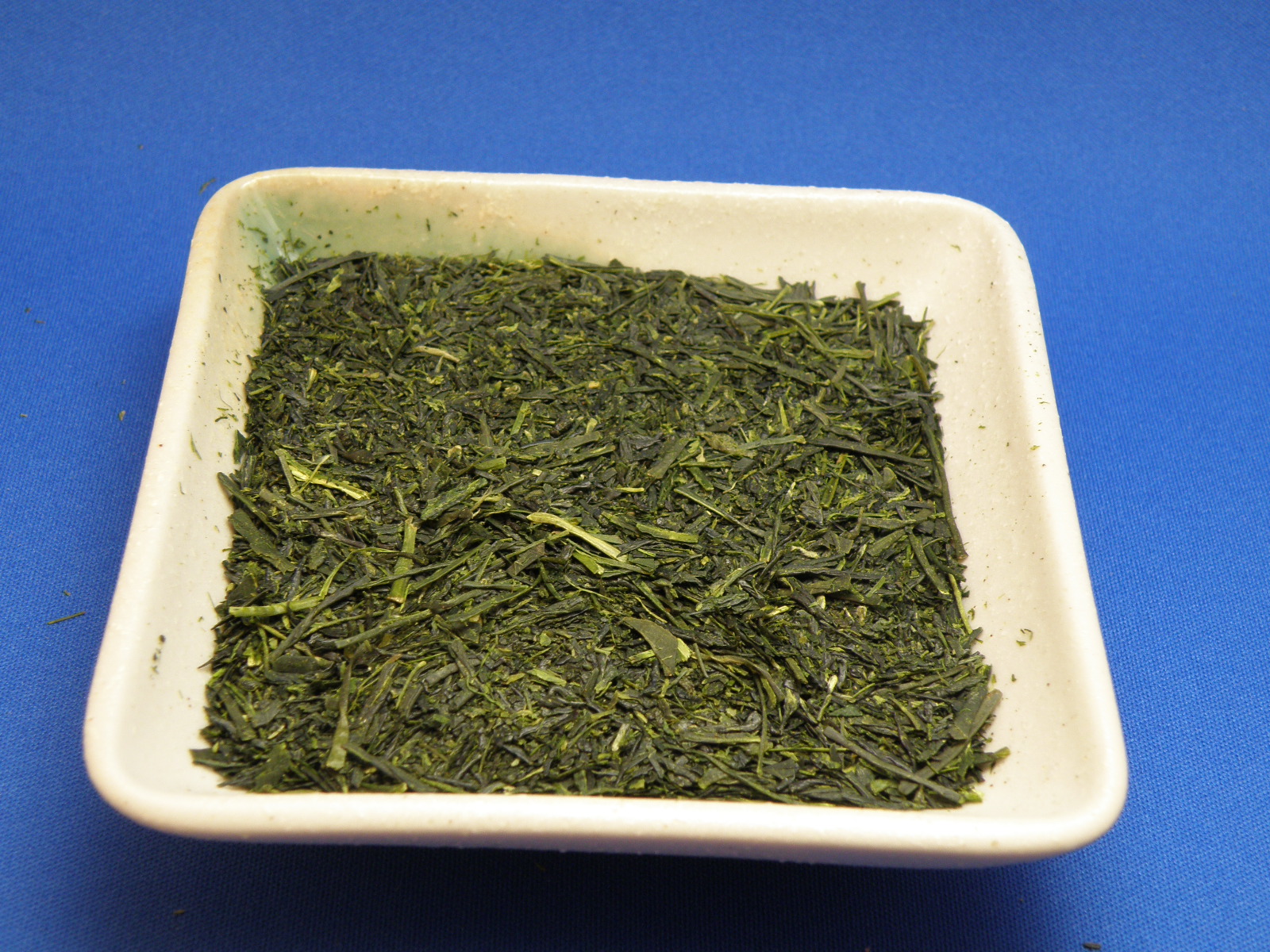 ★Tiran-no-megumi Yabuichiban★
★Tiran-no-megumi Yabuichiban★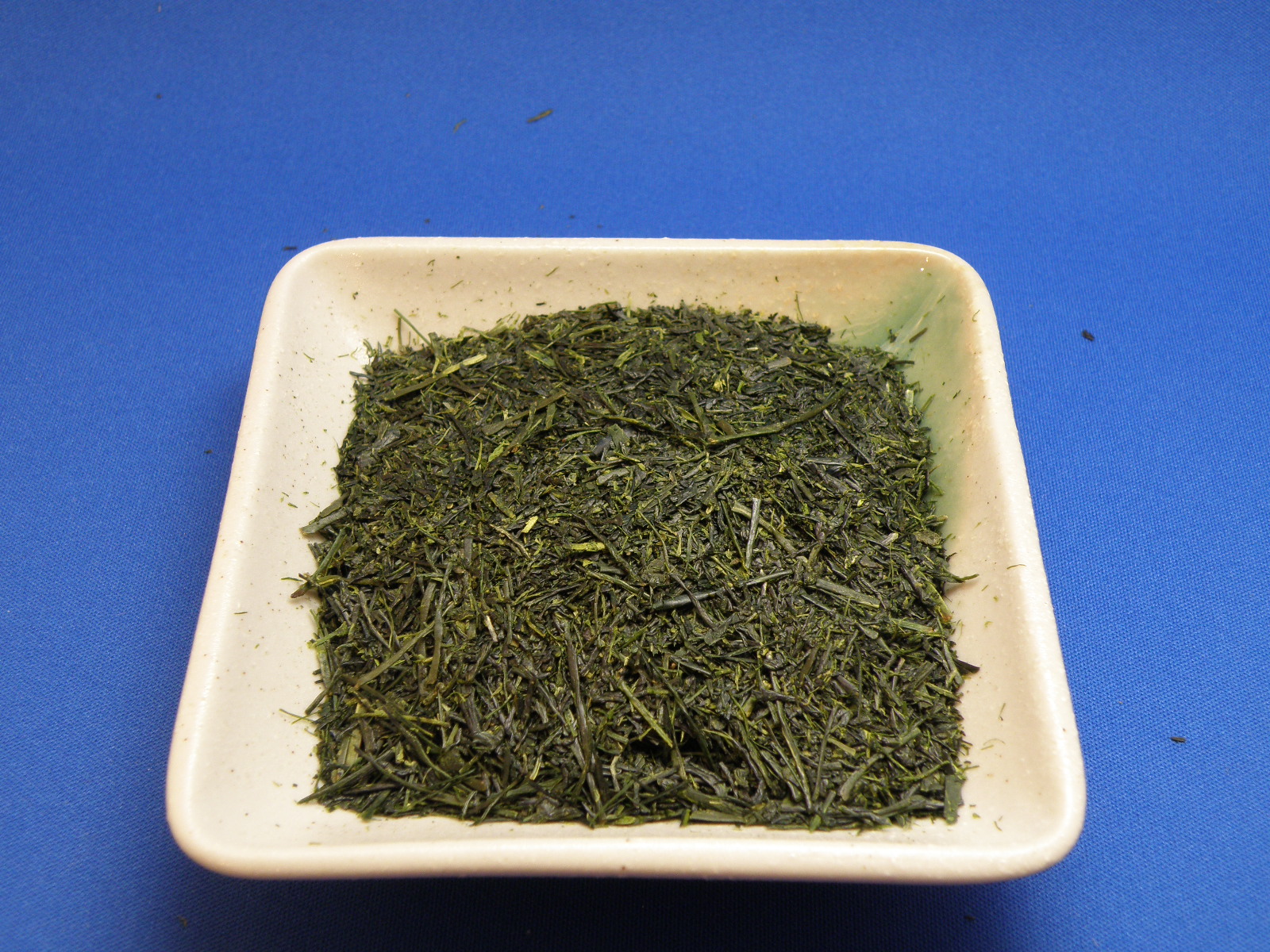 ★Hojyun Satsuma-no-tsurugi★
★Hojyun Satsuma-no-tsurugi★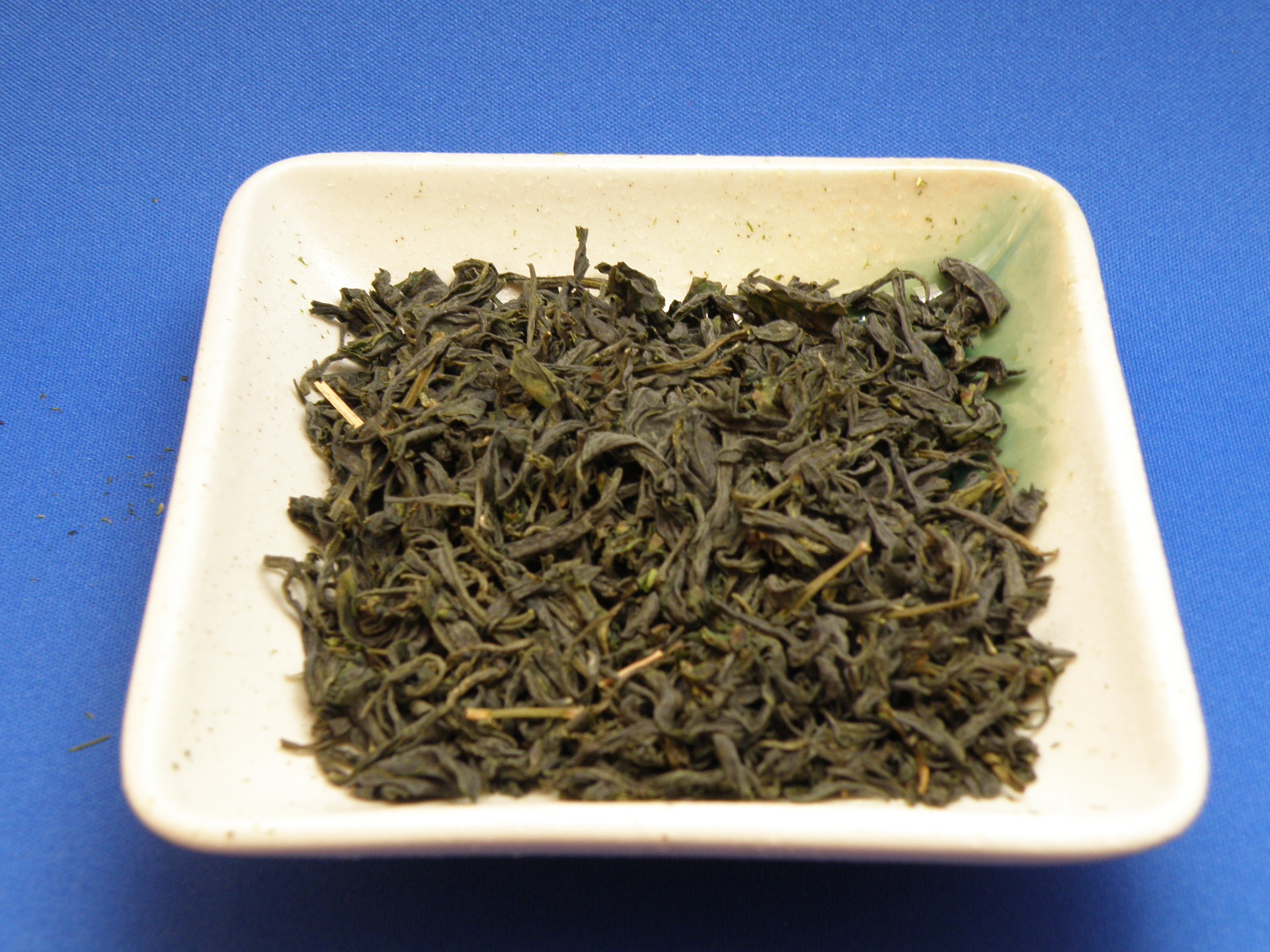 ★Tsukushidake Tiran-no-benifuuki★
★Tsukushidake Tiran-no-benifuuki★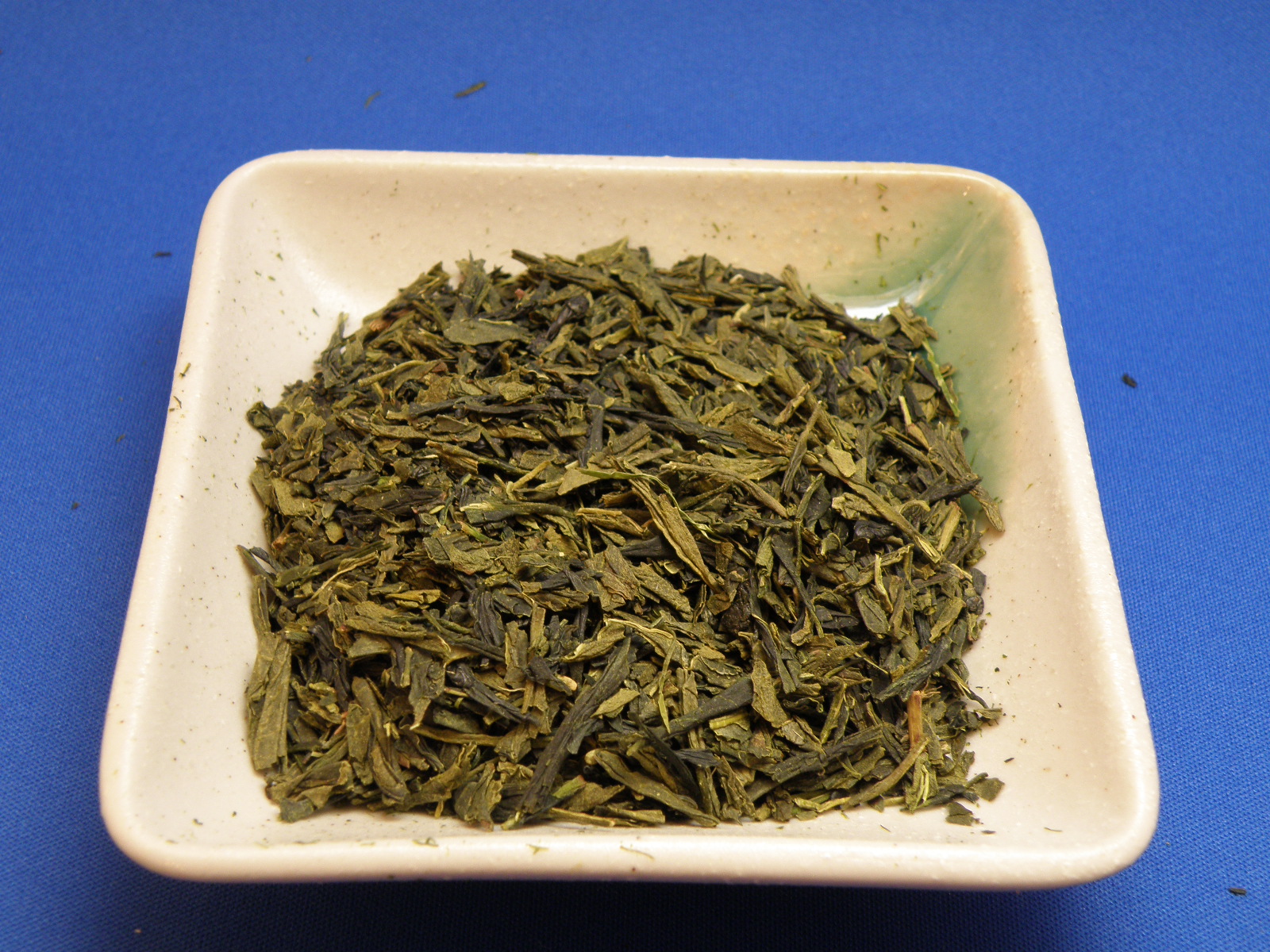 ★Matsumoto-Hanzucha★
★Matsumoto-Hanzucha★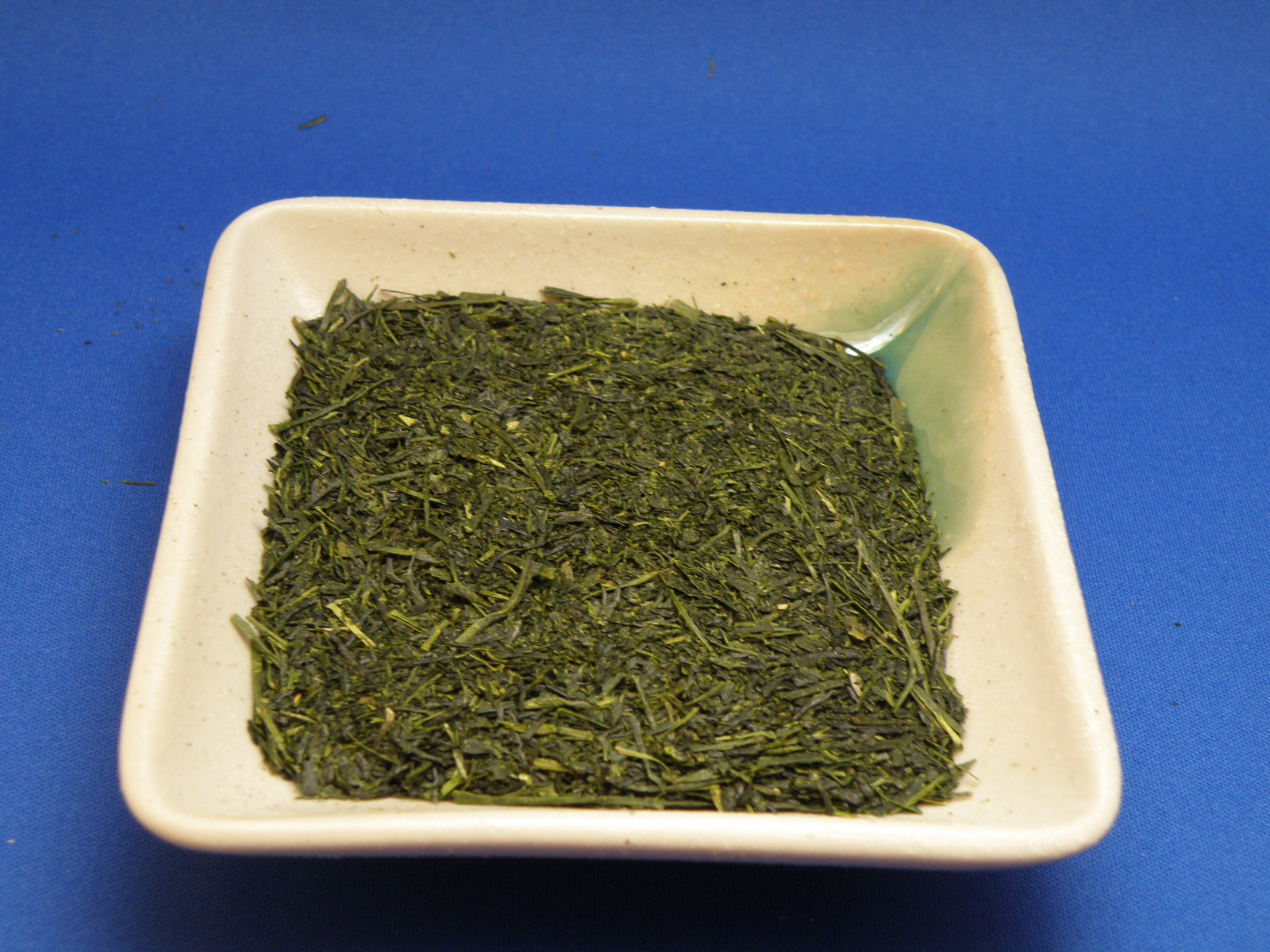 ★Midori-no-takumi RyokutyaDensetsu★
★Midori-no-takumi RyokutyaDensetsu★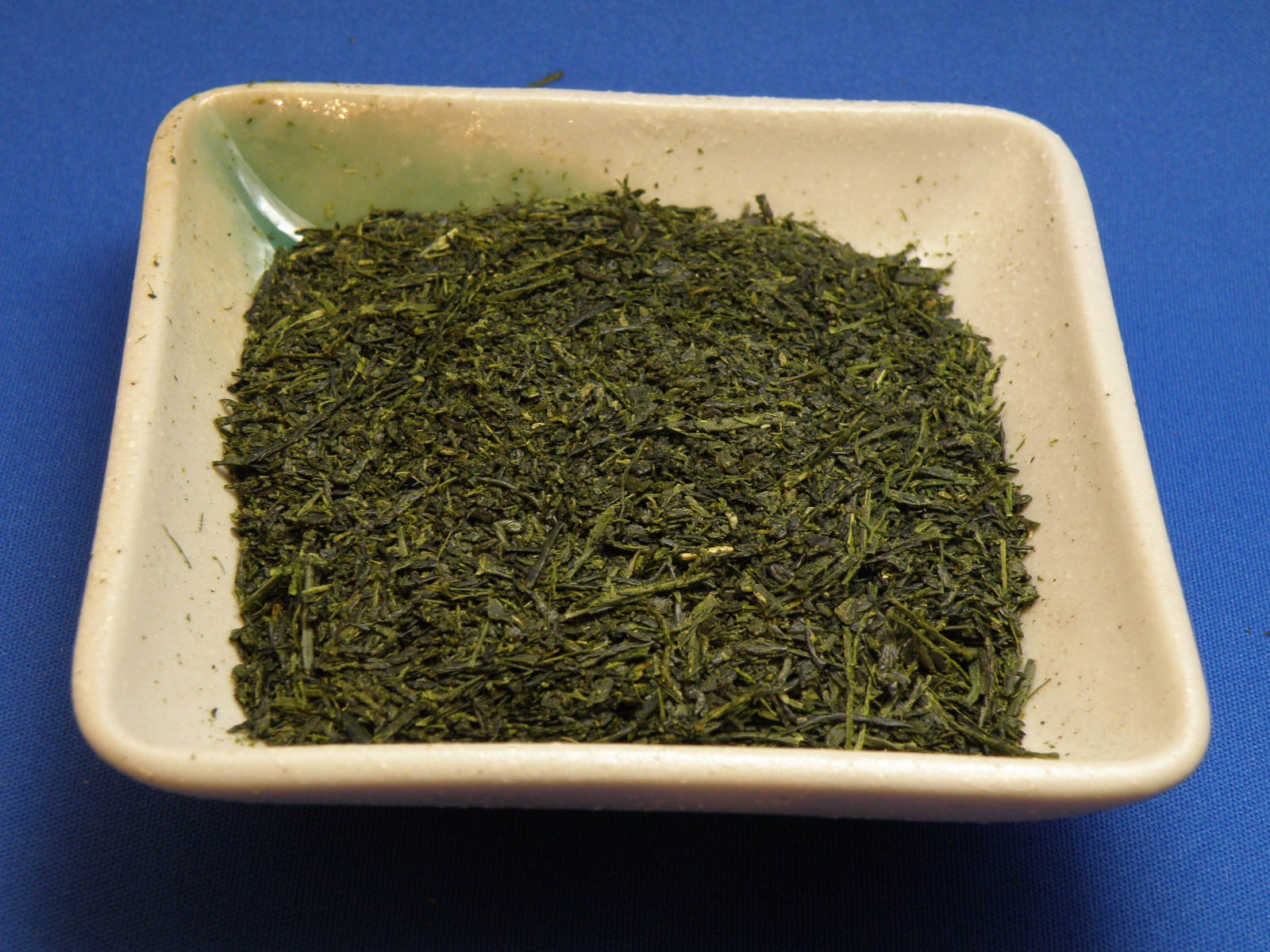 ★Inishie-no-seirei EizaiMonogatari★
★Inishie-no-seirei EizaiMonogatari★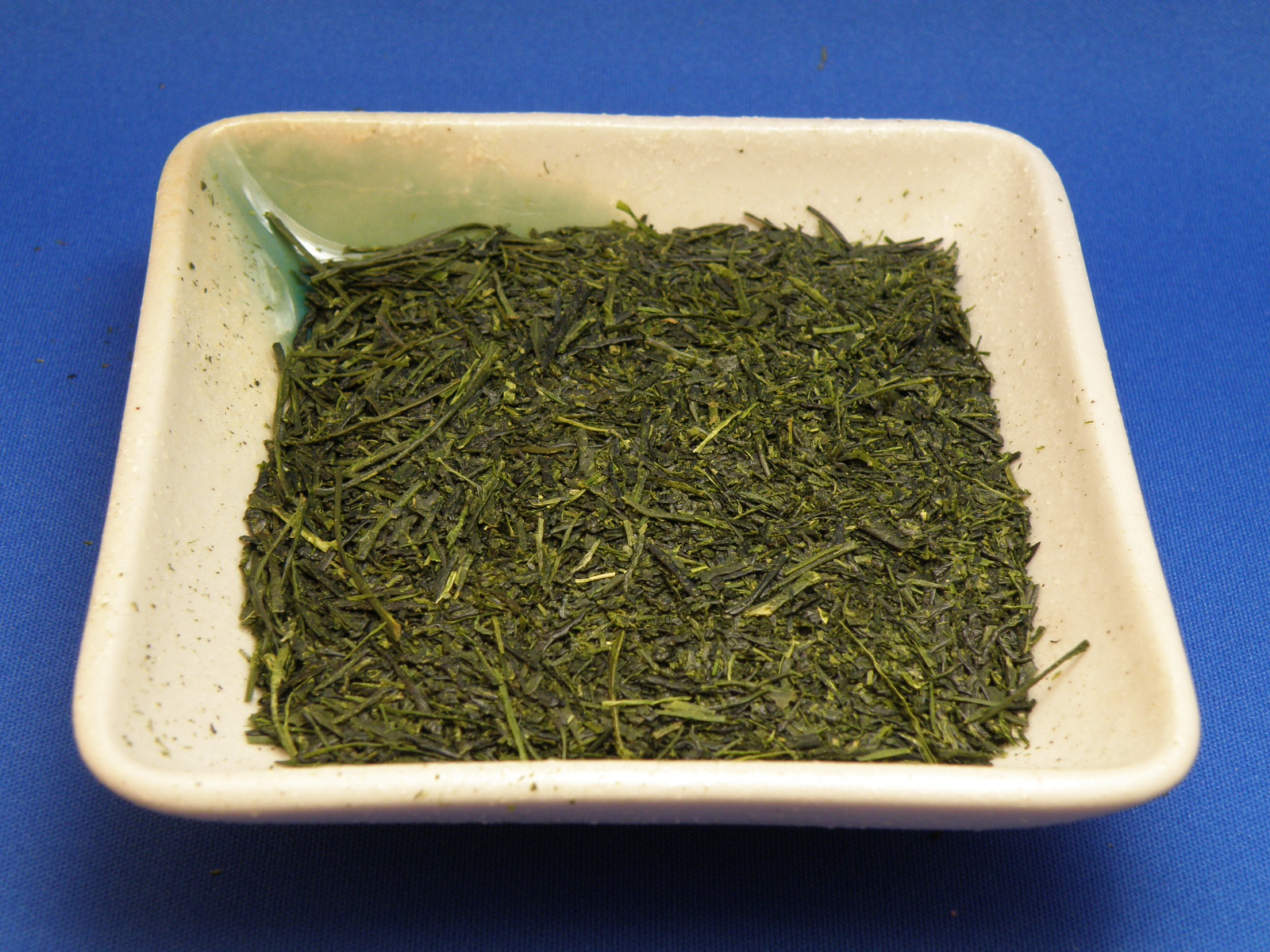 ★Ougonmitsu Kodama★
★Ougonmitsu Kodama★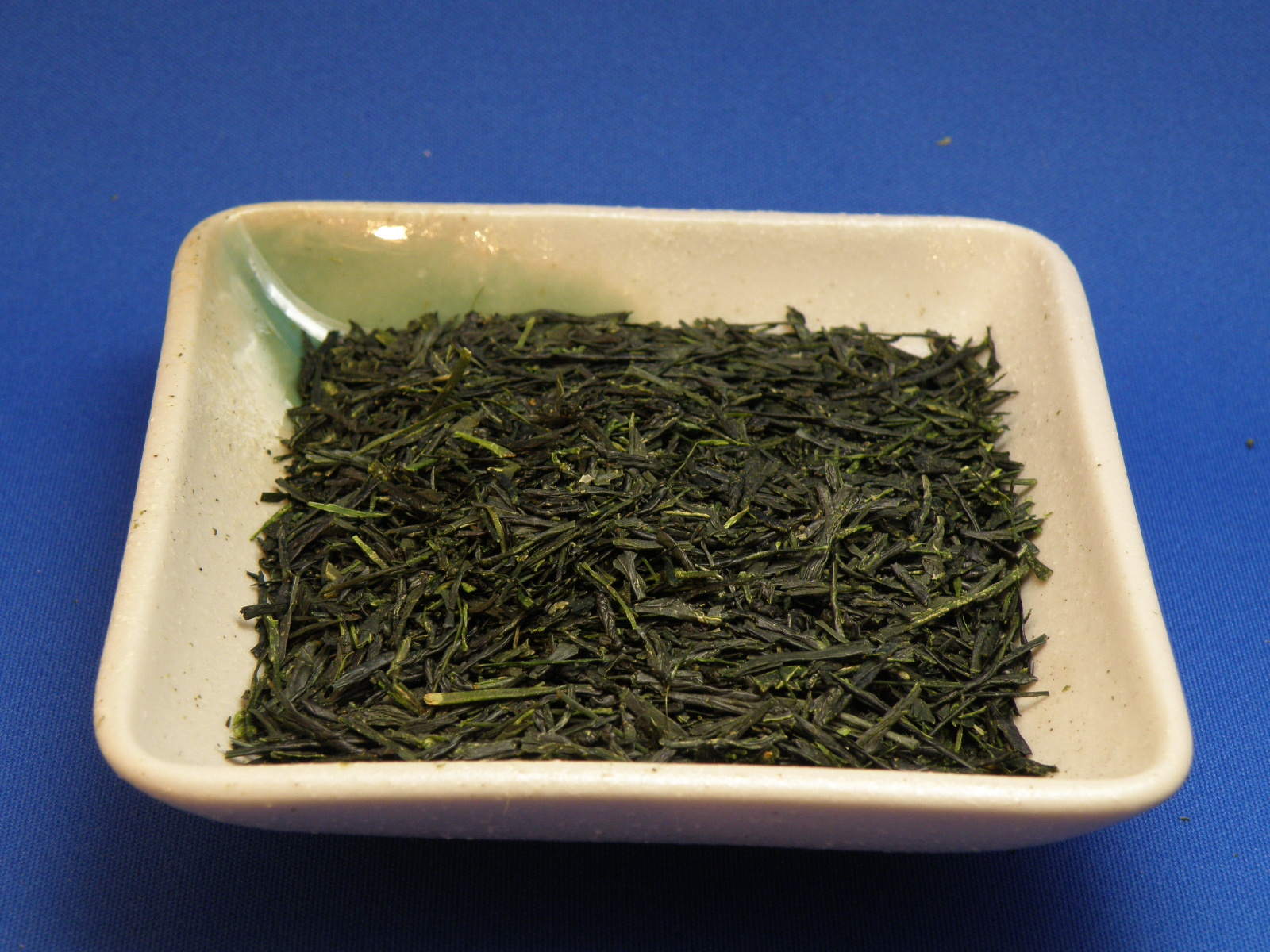 ★KirishimaKabusecha Kirikage★
★KirishimaKabusecha Kirikage★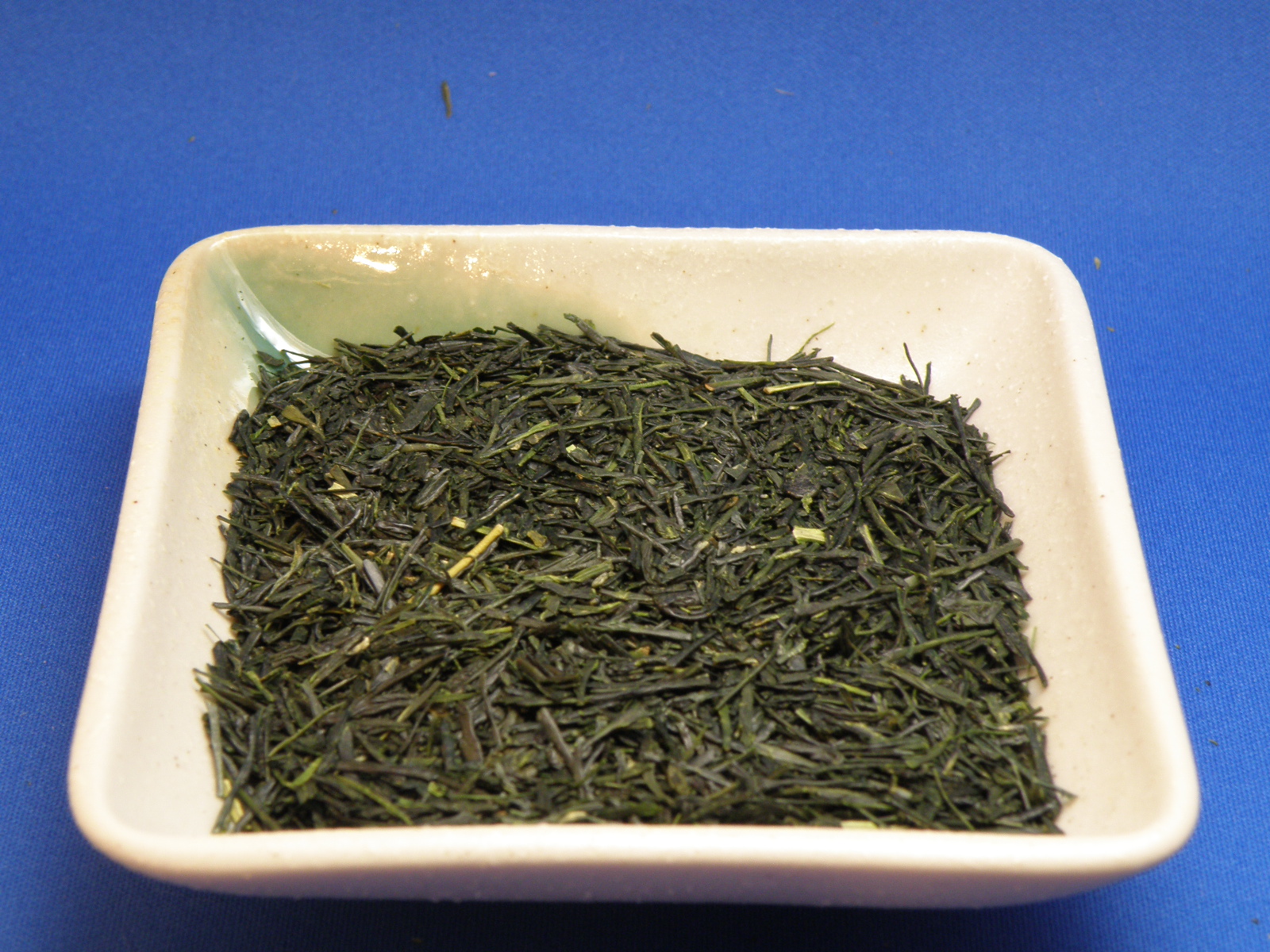 ★KirishimaShinzan Kirishimamegumi High★
★KirishimaShinzan Kirishimamegumi High★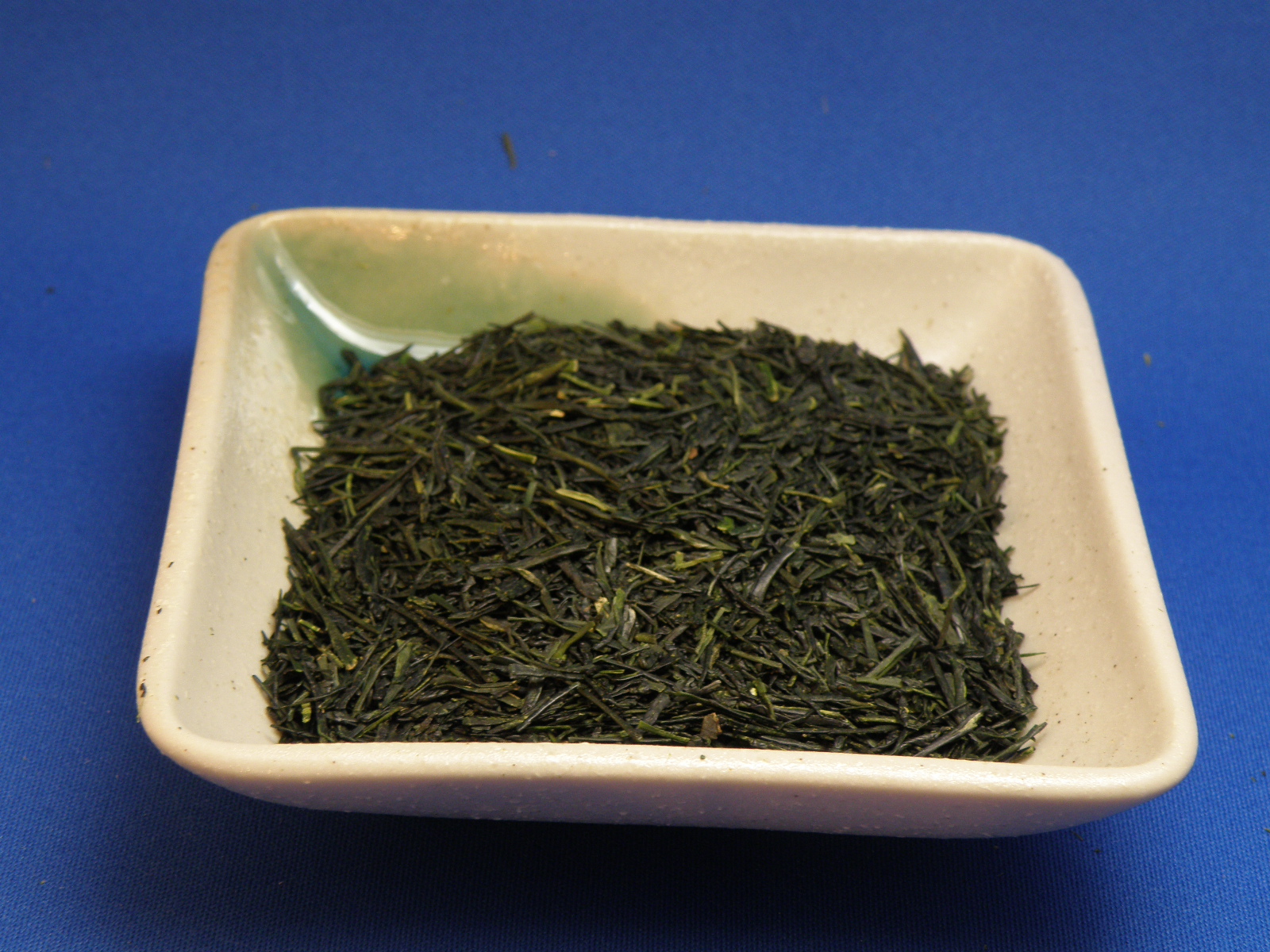 ★KirishimaShinzan Kirishimamegumi Premium★
★KirishimaShinzan Kirishimamegumi Premium★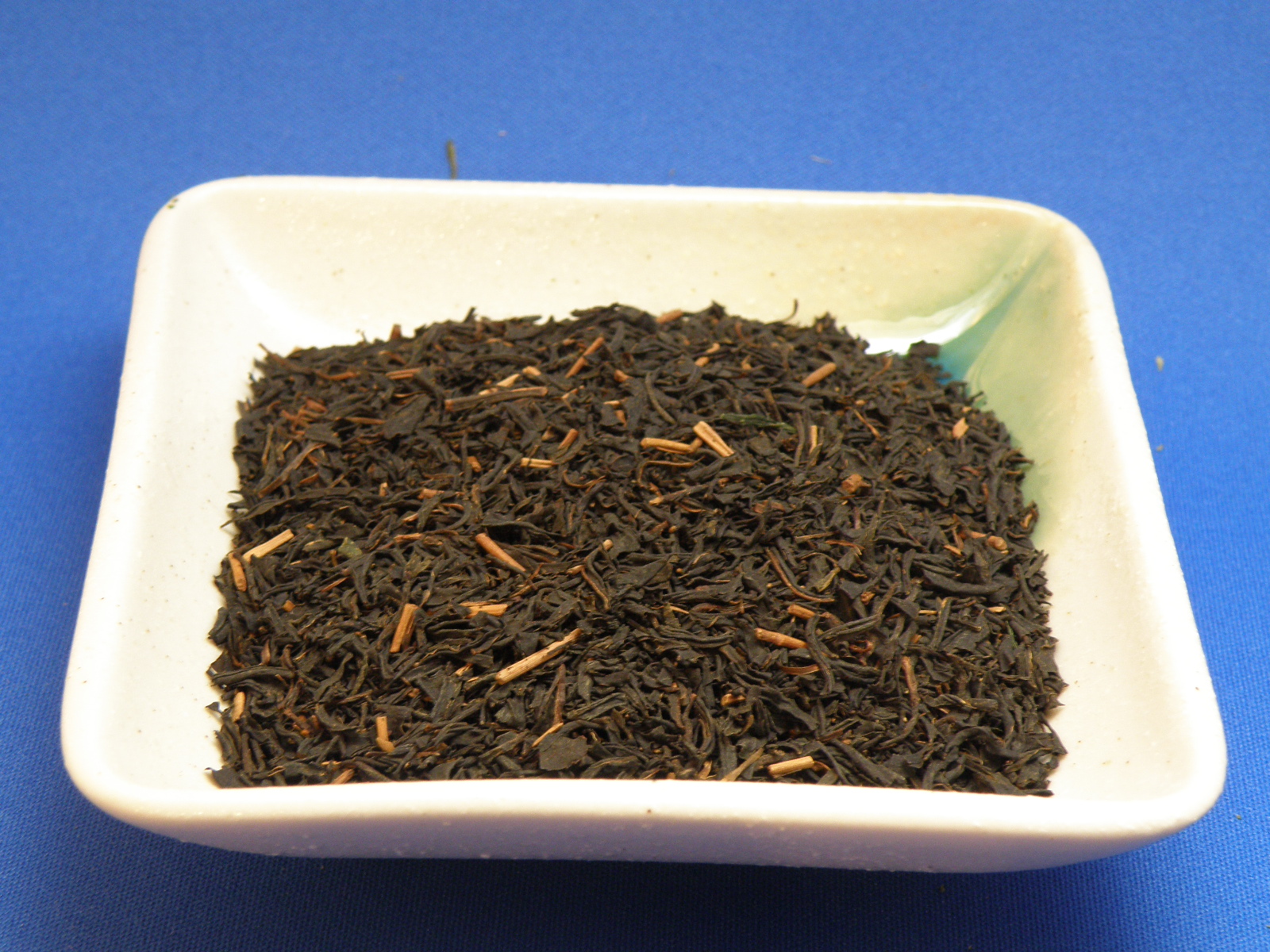 ★Kirishima-blacktea Benigiri★
★Kirishima-blacktea Benigiri★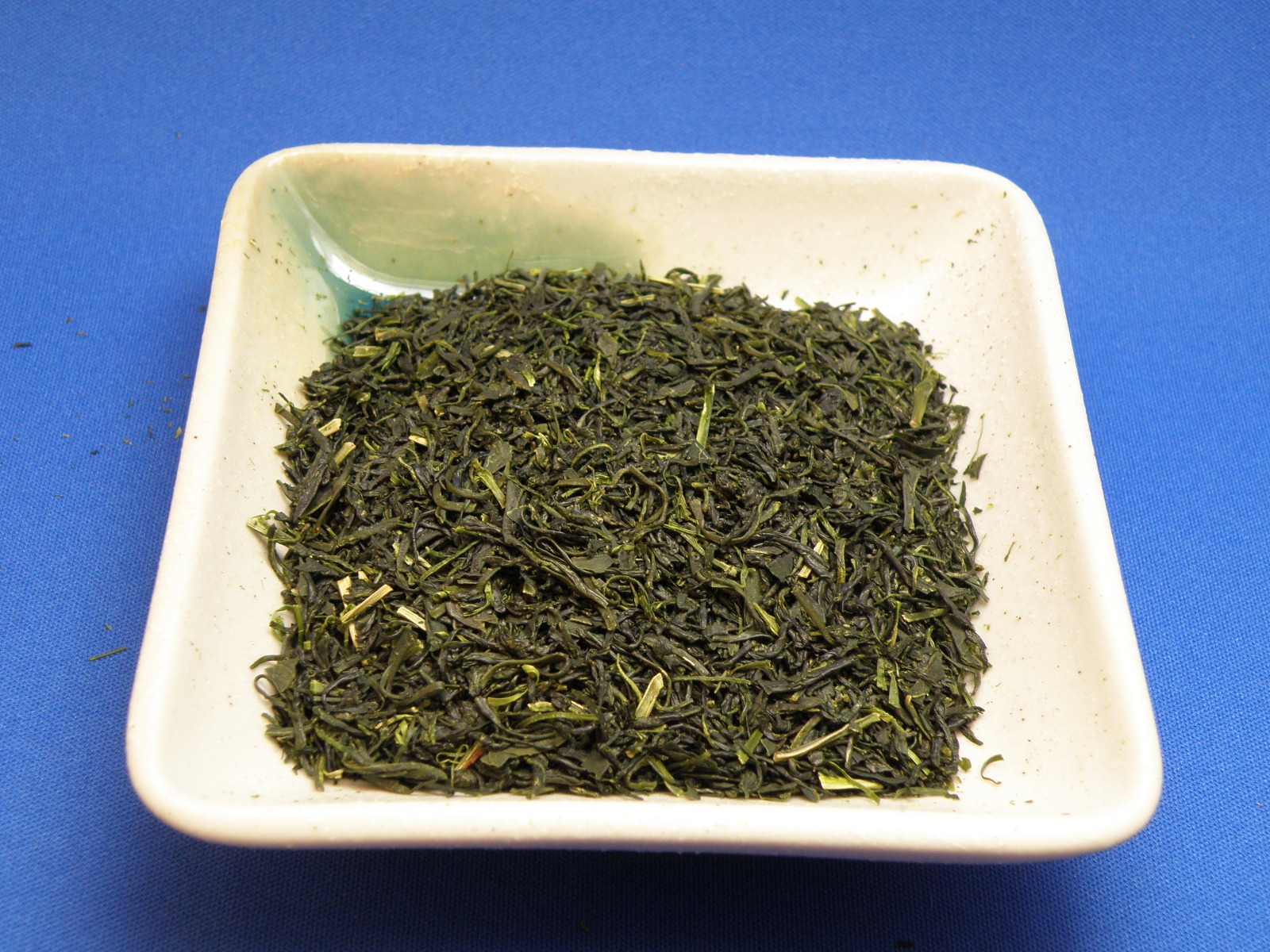 ★New Green Gyokuryokucha TamaguriHachijyuuhachiya★
★New Green Gyokuryokucha TamaguriHachijyuuhachiya★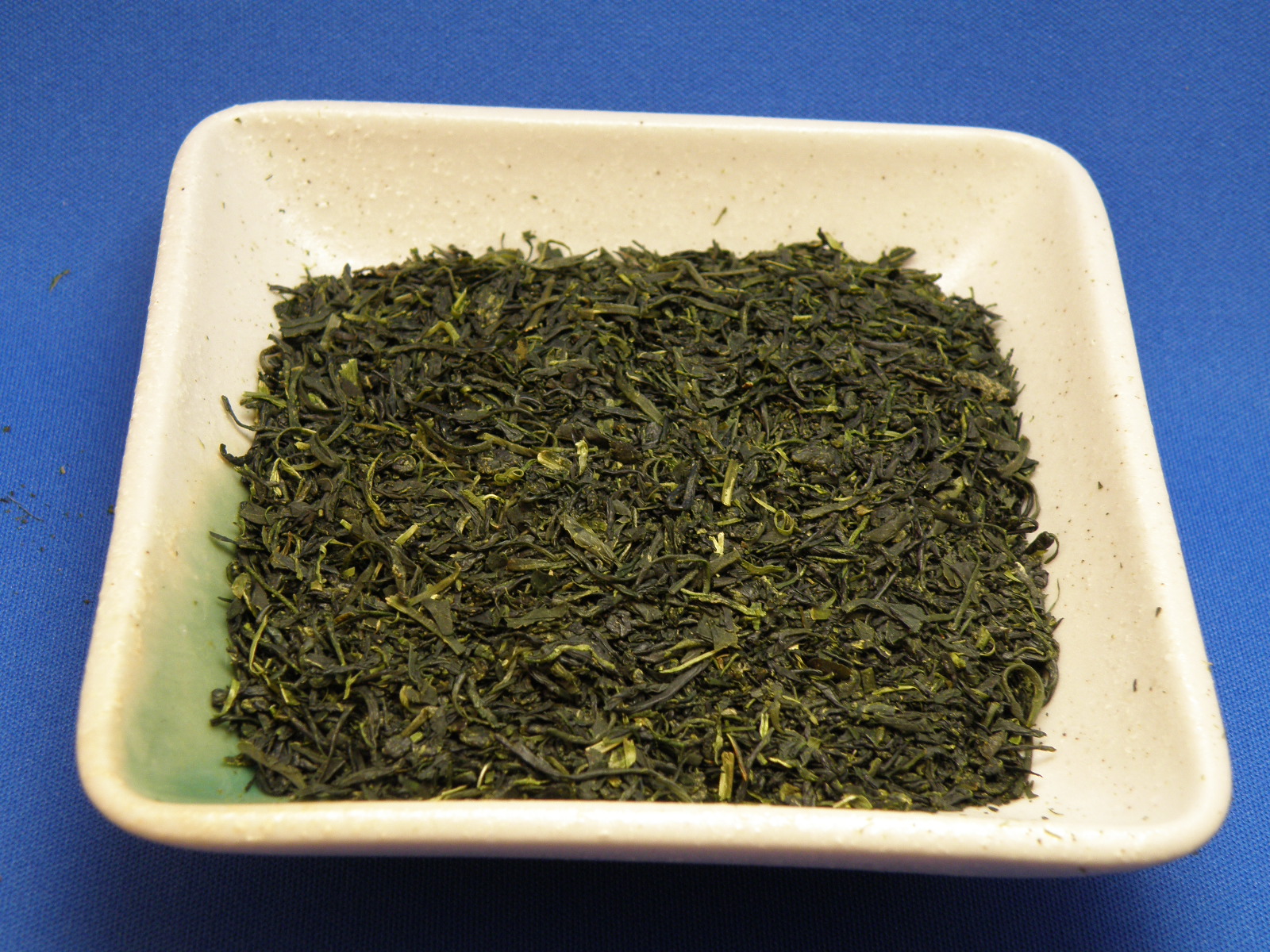 ★Green Magatama FukamushiTamaguricha★
★Green Magatama FukamushiTamaguricha★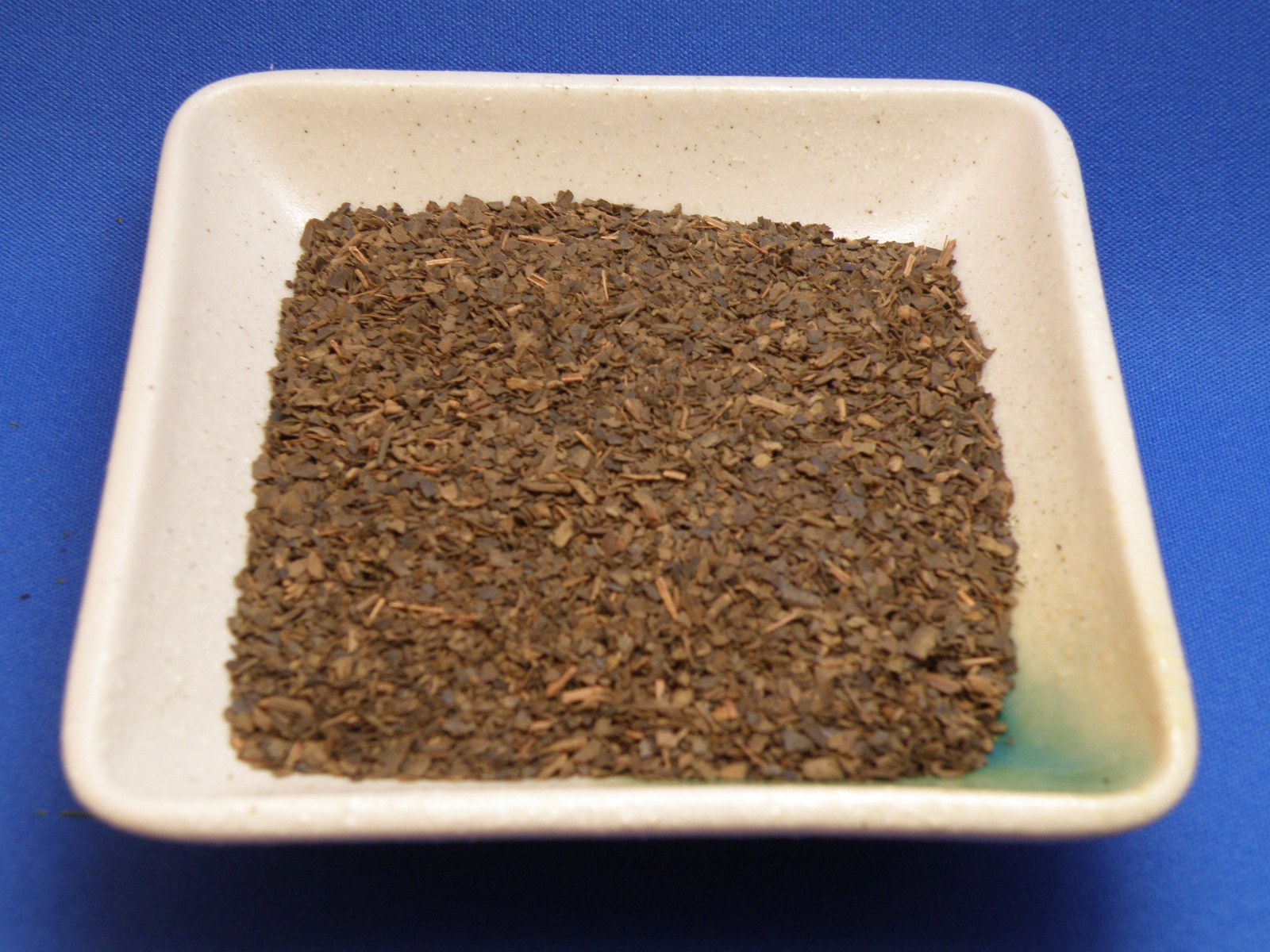 ★NejimeBiwacha★
★NejimeBiwacha★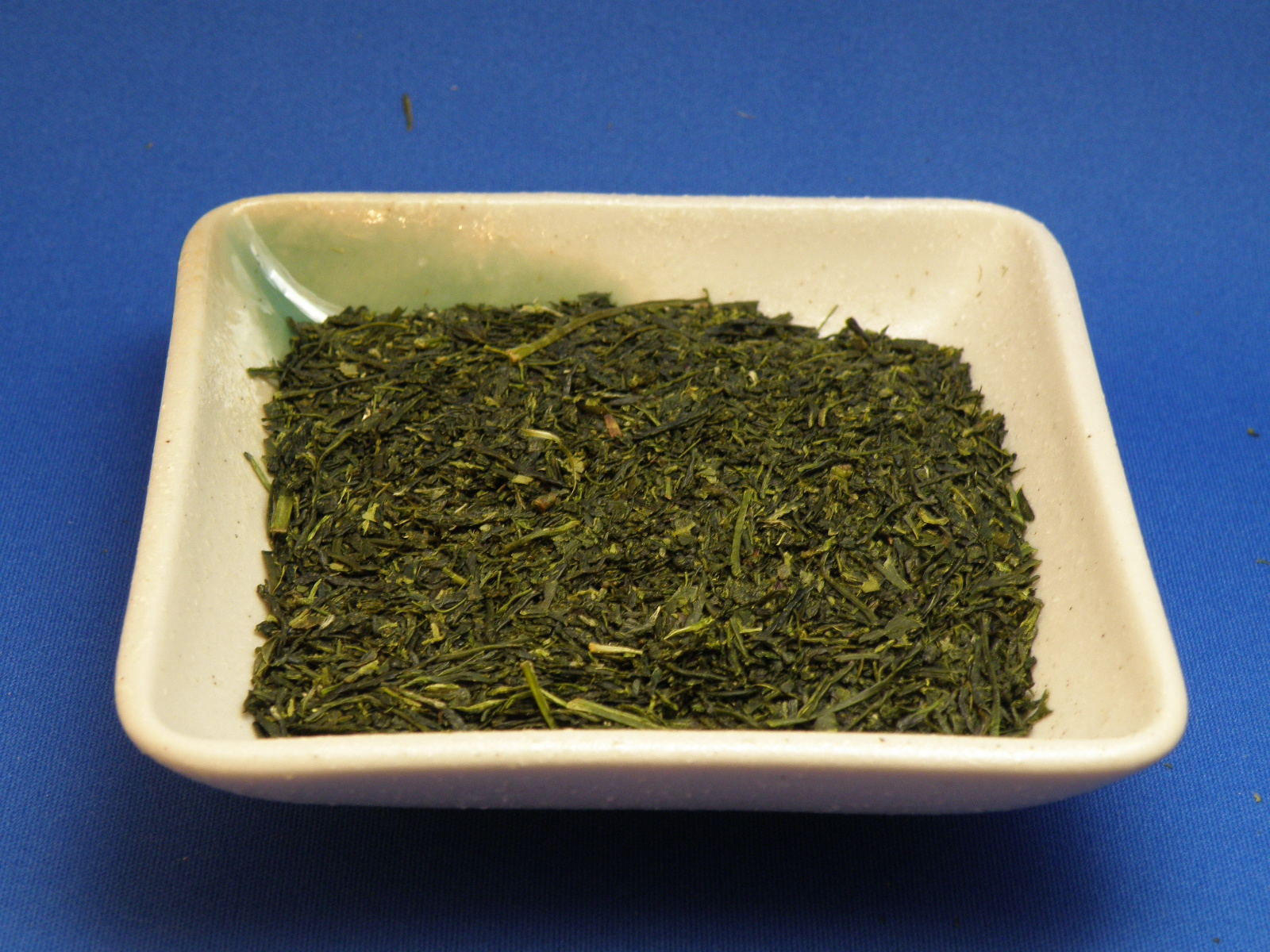 ★TyouHashiriShincha YakunoAkebono★
★TyouHashiriShincha YakunoAkebono★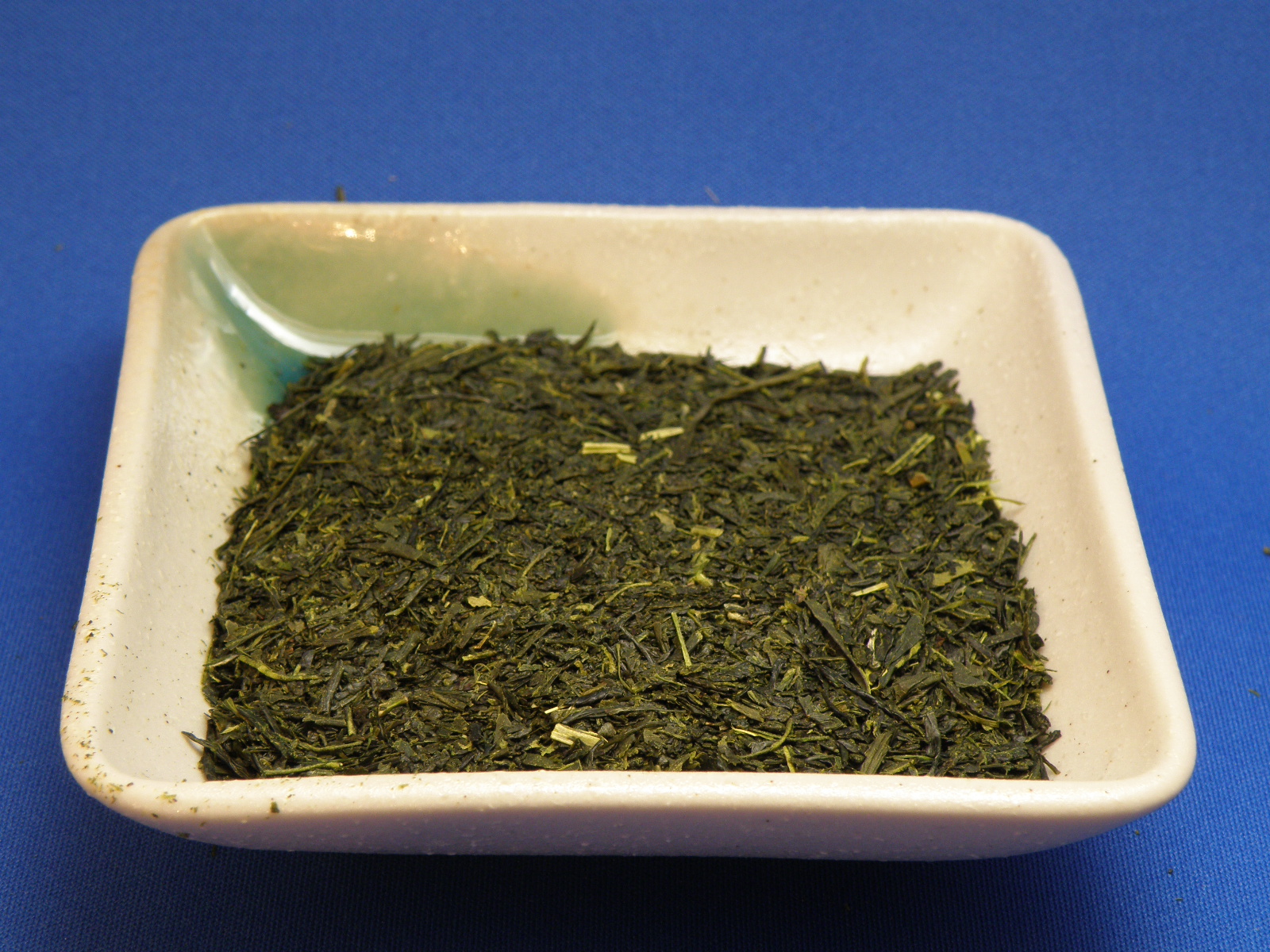 ★Yakushima green tea YakunoMidori★
★Yakushima green tea YakunoMidori★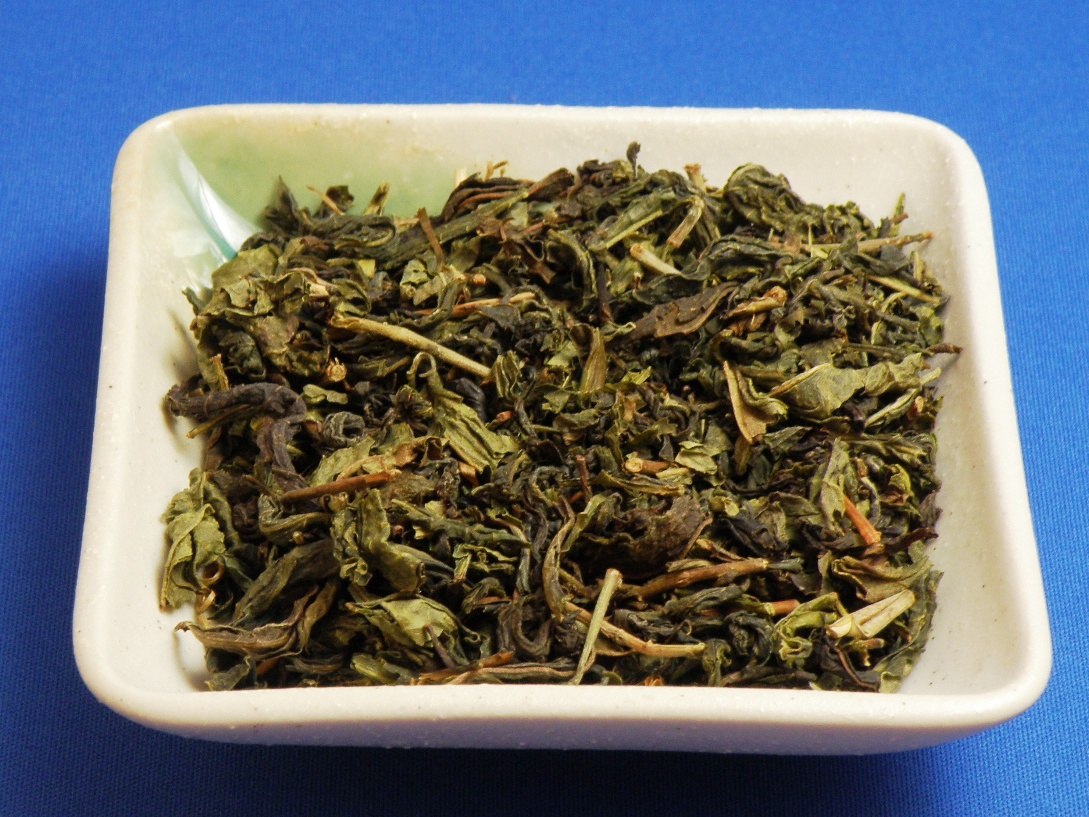 ★HarunoKouyo KawanabeYuukiUuroncha★
★HarunoKouyo KawanabeYuukiUuroncha★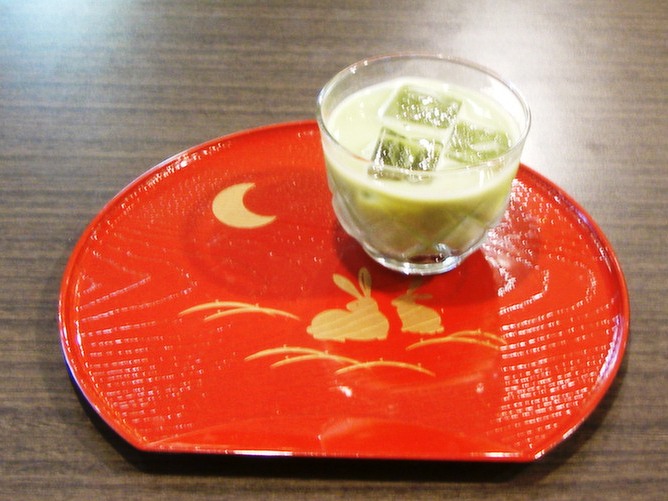 ★Matcha au lait★
★Matcha au lait★









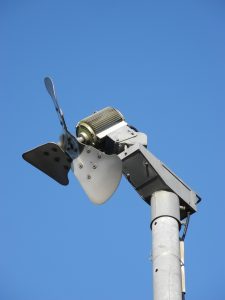
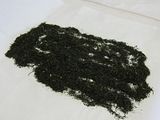
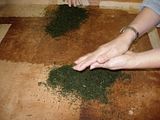 green tea production keeps tea green by steaming tea leaves and parching in order to stop fermentation. After that, rough finishing is in the process of rubbing and drying. Finishing are in the process of selecting rough finished tea and drying as well as blending. Hand rubing production method. The purpose of rubbing tea is to force tea leaves in order that tea leaves organization and cell membranes are destroyed so that its ingredient will be obtained easily.In late 19th century (Meiji period), many hands rubbing tea production methods are invented. After that good points of many production methods were gathered and standardized to a tea production method ( 1953 method). Hence standard hand rubbing tea production method was determined.
green tea production keeps tea green by steaming tea leaves and parching in order to stop fermentation. After that, rough finishing is in the process of rubbing and drying. Finishing are in the process of selecting rough finished tea and drying as well as blending. Hand rubing production method. The purpose of rubbing tea is to force tea leaves in order that tea leaves organization and cell membranes are destroyed so that its ingredient will be obtained easily.In late 19th century (Meiji period), many hands rubbing tea production methods are invented. After that good points of many production methods were gathered and standardized to a tea production method ( 1953 method). Hence standard hand rubbing tea production method was determined. 




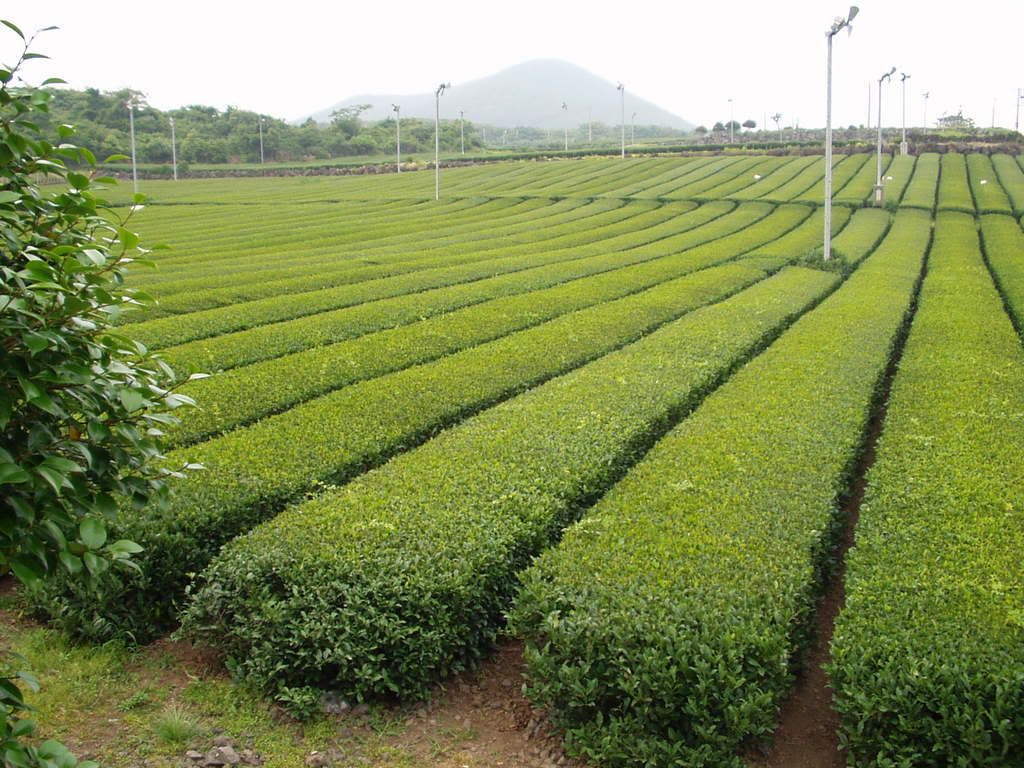


 Chiran (in Kagoshima prefecture) is a historically popular region for the harvesting of tea, along with Kyoto and Shizuoka prefectures. There is a specific tea known as Chiran tea, and no other tea may be called by this name. Chiran is located in the southern region of Japan where the climate is considered ideal for the harvesting of tea. Due to the abundance of sunlight and proper climate the tea is a rich dark green color and has a strong, unique flavor.
Chiran (in Kagoshima prefecture) is a historically popular region for the harvesting of tea, along with Kyoto and Shizuoka prefectures. There is a specific tea known as Chiran tea, and no other tea may be called by this name. Chiran is located in the southern region of Japan where the climate is considered ideal for the harvesting of tea. Due to the abundance of sunlight and proper climate the tea is a rich dark green color and has a strong, unique flavor.





